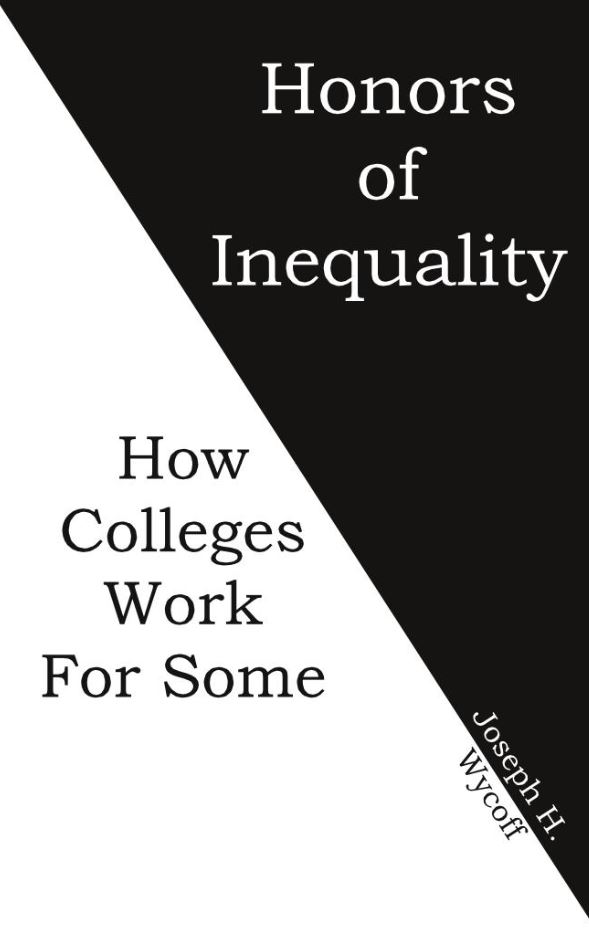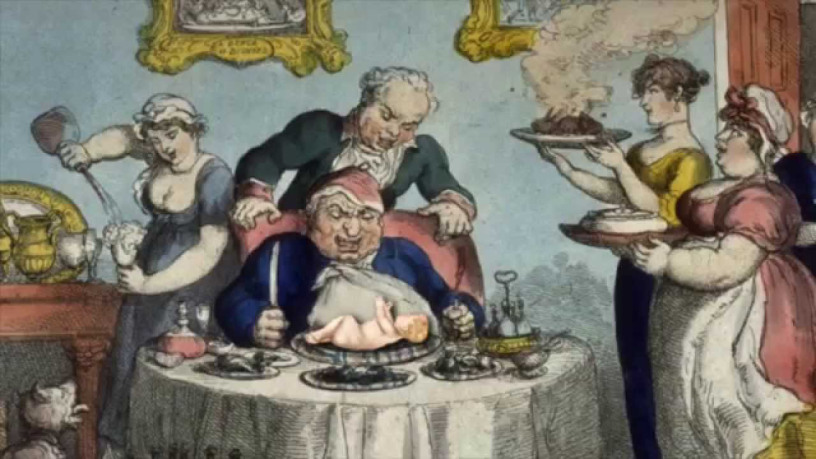Honors of Inequality | An Afterword for Readers
| I am unable to count the number of times that I came across an article in which an academic scholar proclaimed an impending crisis that threatened to destroy the very nature of higher education during the past sixty years. Crisis and conflict may be the first two memes of the culture of higher education scholarship. | Continue Reading



